Award-winning ocean photography stands as a testament to the artistry and dedication required to capture the beauty of our marine world. From serene underwater scenes to dramatic coastal landscapes, these images not only inspire wonder but also highlight the mastery of photographers who excel in their craft. Whether you’re a seasoned enthusiast or a professional looking to refine your skills, understanding what defines award-winning ocean photography can unlock new possibilities in your work. This article delves into the key elements that make an ocean photograph stand out, exploring the technical precision, creative vision, and storytelling capabilities that earn recognition in prestigious competitions. By examining the best practices and unique perspectives behind award-winning shots, we aim to provide valuable insights for anyone aspiring to capture the essence of the ocean in their own photography.
Key Takeaways
– Technical Mastery: Award-winning ocean photography demands exceptional clarity, precise color, and innovative compositions to capture the ocean’s beauty and complexity.
– Storytelling Power: Great photos evoke emotions, tell compelling stories, and inspire environmental stewardship through their subject matter and tone.
– Sustainable Practice: Focus on ethical themes and use photography to educate about marine conservation, ensuring responsible and respectful depictions.
– Unique Vision: Break creative boundaries with fresh perspectives and artistic expressions that transcend traditional norms.
– Craftsmanship in Post-Processing: Skillful editing enhances images authentically, adding depth and detail to every layer of the scene.
– Inspiration and Resources: Explore the Sailing Photo Awards for world-class examples and gain tips to elevate your ocean photography.
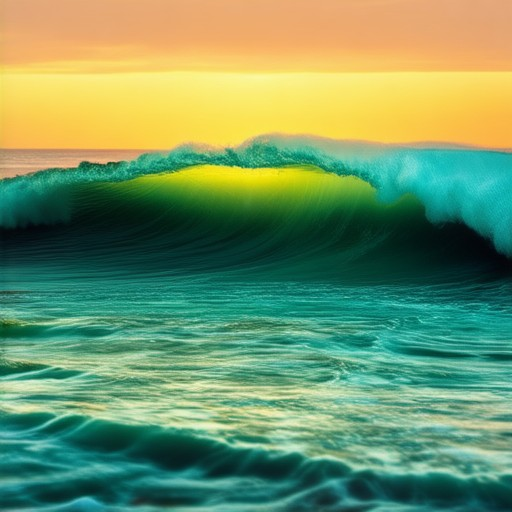
What Defines Award-Winning Ocean Photography?
Award-winning ocean photography is defined by a unique combination of artistic vision, technical expertise, and a deep connection to the subject matter. To achieve this level of excellence, photographers must master several key elements:
- Stunning Composition: The arrangement of elements within the frame is crucial. A balanced composition often includes foreground, midground, and background elements, creating depth and interest.
- Vibrant Colors: Ocean photography often benefits from the natural spectrum of colors found in the sea, from blues and greens to warm tones in coral reefs and sunsets.
- Captivating Subject Matter: Whether it’s a majestic whale, a schools of fish, or a serene underwater scene, the subject should be visually striking and engaging.
- Exceptional Timing: Knowing when and where to be in the right place at the right time is essential. This could mean waiting for the perfect wave, the arrival of migratory species, or the golden hour light.
- Technical Precision: Mastering equipment like cameras, lenses, and lighting ensures that the technical aspects of photography support the artistic vision.
Beyond technical skills, award-winning ocean photography often tells a story or evokes an emotion. It captures the essence of the ocean, its moods, and its mysteries, leaving viewers with a lasting impression.
To further your understanding, explore the Sailing Photo Awards , a platform celebrating the artistry of sailing and marine photography. Competitions like the National Geographic Photographer of the Year and the Underwater Photographer of the Year highlight the highest standards in ocean photography.
What Makes an Ocean Photograph Award-Winning?
An award-winning ocean photograph stands out due to its ability to captivate, inspire, and reveal the hidden beauty of the sea. Here are the key elements that define such exceptional work:
Technical Excellence
- Exceptional Clarity: Award-winning ocean photos often boast razor-sharp focus and fine details, allowing viewers to explore every aspect of the scene, from the texture of waves to the subtle movements of marine life.
- Unique Perspectives: Judges look for innovative angles, such as low-angle shots that emphasize the vastness of the ocean or unique vantage points that highlight hidden features like underwater rock formations.
- Captivating Compositions: The arrangement of elements within the frame creates visual interest, often leading to balanced and harmonious designs that draw the eye inward.
Artistic Vision
- Storytelling Through Light: The interplay of light and shadow defines the mood of the photograph, whether it’s the golden hues of dawn or the dramatic contrasts of a stormy sky.
- Emotional Connection: Great ocean photographs resonate on a deeper level, evoking feelings of serenity, wonder, or even nostalgia, connecting viewers to the timeless beauty of the sea.
- Color and Texture: Vibrant colors and rich textures, like the deep blues of the ocean or the intricate patterns of coral reefs, contribute to the visual impact and uniqueness of the piece.
Technical Skills
- Lighting Mastery: Proper lighting enhances the atmosphere, whether it’s the soft glow of dawn or the dramatic shadows of midday sunsets.
- Timing and Patience: Capturing the perfect moment requires patience and keen observation, as many ocean scenes are fleeting, like the exact alignment of a surfacing whale or a schools of fish swimming in harmony.
- Post-Processing: While the initial capture is crucial, post-processing techniques can further enhance the image, ensuring colors, contrast, and clarity are optimized for maximum impact.
Unique Subject Matter
- Uncommon or Rare Subjects: Photographs of species like blue whales, rare coral formations, or unique bioluminescent phenomena often stand out due to their novelty and significance.
- Local and Regional Characteristics: Highlighting unique features of a particular coastline or marine ecosystem can make the photograph more meaningful and relatable to local audiences.
For example, the Sailing Photo Awards showcase how these elements come together, celebrating the artistry of sailing photography while inspiring maritime enthusiasts worldwide. By combining technical prowess with artistic vision, award-winning ocean photographs transcend mere documentation, becoming powerful storytelling tools that connect us to the ocean’s beauty and mysteries.
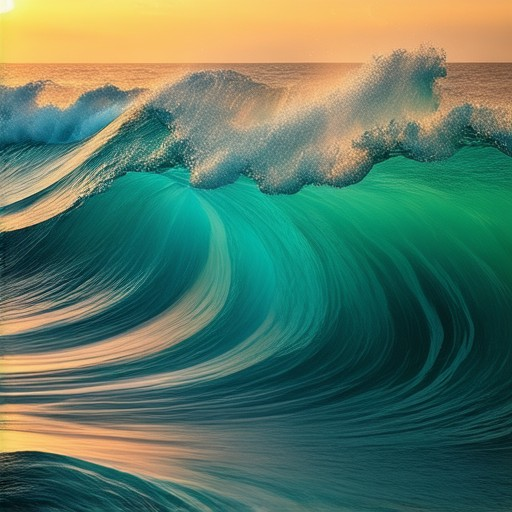
What Criteria Make an Ocean Photograph Award-Winning?
An award-winning ocean photograph is a masterful blend of artistic vision, technical expertise, and a deep connection to the subject matter. To determine what sets apart standout ocean photographs, we analyzed the judging criteria from prestigious competitions like the Sailing Photo Awards , which celebrate the artistry of sailing photography.
1. Composition
- Balance and Symmetry : A well-composed ocean photograph strikes a perfect harmony between land, sea, sky, and any subject matter within the frame. The arrangement of elements should feel deliberate and visually pleasing.
- Framing : The way the photographer chooses to frame the scene is critical. Whether through wide-angle shots that emphasize vastness or tight compositions that highlight detail, the framing must enhance the overall impact.
- Subject Placement : The primary subject—whether a boat, wave, or underwater life—should command attention while being integrated seamlessly into the surroundings.
2. Perspective
- Unique Viewpoint : Award-winning ocean photographs often offer fresh perspectives that others haven’t captured before. This could mean shooting from a low angle to emphasize the scale of waves or from above to showcase the intricate patterns of the surface.
- Depth and Dimensionality : Utilizing perspective to create depth draws the viewer into the scene, whether it’s a distant horizon or the intricate details of a coral reef.
3. Lighting
- Mood and Ambiance : Lighting plays a pivotal role in conveying the atmosphere of the scene. Soft, diffused light might evoke tranquility, while dramatic shadows can add drama and depth.
- Color Accuracy : The hues of the ocean, from the blues of open water to the greens of submerged vegetation, must be rendered accurately and vividly. Proper color balance enhances the visual appeal and authenticity of the image.
4. Technical Excellence
- Focus and Sharpness : Critical for capturing clear details, especially in underwater shots or far-off subjects like ships on the horizon.
- Exposure and Contrast : Proper exposure ensures that both highlights and shadows are visible, creating a dynamic range that draws the eye.
- Color Calibration : Ensuring consistent color reproduction across different lighting conditions and camera settings is essential for professional-quality work.
5. Storytelling
- Emotional Connection : The best ocean photographs tell stories that resonate with viewers, whether it’s the power of a stormy sea or the serenity of a calm bay.
- Cultural or Environmental Significance : Photos that highlight the ecological importance or cultural relevance of the ocean can leave a lasting impression.
6. Creativity and Innovation
- Experimental Techniques : Pushing boundaries with techniques like long exposures to capture flowing water or unique angles that defy expectations.
- Artistic Expression : Incorporating abstract elements or unconventional perspectives that go beyond mere documentation to create a visual masterpiece.
7. Post-Processing
- Enhancements Without Overprocessing : While editing is a part of every photograph, the adjustments should preserve the integrity of the original scene while refining its presentation.
To further explore these criteria, visit the gallery of past winners on the Sailing Photo Awards website, where you’ll find inspiration and examples of award-winning ocean photography. Don’t forget to submit your own work to showcase your talent and passion for the art of sailing photography!
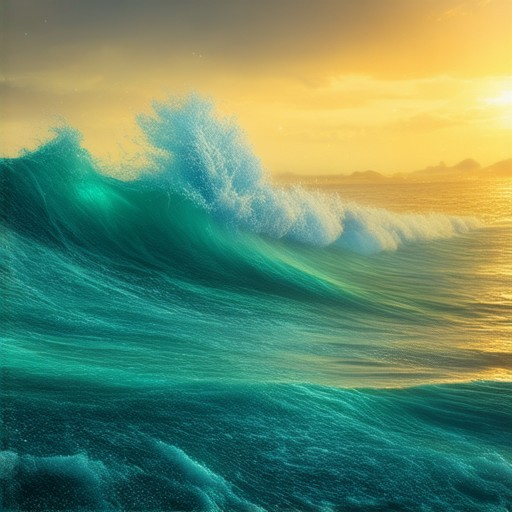
What Characteristics Define Award-Winning Ocean Photography?
Award-winning ocean photography is characterized by its ability to capture the essence of the sea while showcasing exceptional artistic skill and storytelling. These characteristics go beyond mere aesthetics, combining technical expertise with a deep connection to nature.
Technical Excellence
- Clarity and Detail: Exceptional sharpness and focus, revealing intricate details of underwater life, waves, or distant horizons.
- Color Precision: Vibrant hues that accurately reflect the ocean’s spectrum, from calming blues to vibrant greens and fiery sunsets.
- Composition and Framing: Creative use of light, perspective, and framing to create visually stunning and thought-provoking compositions.
Storytelling and Emotional Impact
- Subject Matter: A focus on unique or lesser-known aspects of the ocean, such as rare species, dramatic weather conditions, or serene moments of calm.
- Emotional Connection: Images that evoke feelings of wonder, awe, or appreciation for the natural world, encouraging environmental stewardship.
Environmental Stewardship
- Sustainable Themes: A commitment to depicting marine life and environments in a responsible and respectful manner, promoting conservation efforts.
- Educational Value: Using photography to educate audiences about marine biodiversity and the importance of protecting ocean ecosystems.
Originality and Creativity
- Unique Perspectives: Innovative approaches to capturing familiar scenes, offering fresh perspectives that haven’t been widely seen before.
- Artistic Expression: Incorporating artistic techniques and styles that transcend traditional photography norms, blending creativity with technical mastery.
Post-Processing and Craftsmanship
- Masterful Editing: Skillful post-processing enhances the image without losing its authenticity, ensuring a balance between manipulation and reality.
- Detailed Attention to Depth: Layers of detail in lighting, shadows, and textures that draw the viewer deeper into the scene.
The Sailing Photo Awards celebrate these qualities, showcasing the work of talented photographers who blend technical prowess with a profound respect for the ocean. Their galleries and resources offer inspiration and education, encouraging others to explore the art of ocean photography while contributing to its growth and recognition.
For more information on award-winning ocean photography and to discover the latest contests, visit Sailing Photo Awards .
What Characteristics Define Award-Winning Ocean Photography?
Award-winning ocean photography is characterized by its ability to capture the essence of the sea while showcasing exceptional artistic skill and storytelling. These characteristics go beyond mere aesthetics, combining technical expertise with a deep connection to nature.
Technical Excellence
- Clarity and Detail: Exceptional sharpness and focus, revealing intricate details of underwater life, waves, or distant horizons.
- Color Precision: Vibrant hues that accurately reflect the ocean’s spectrum, from calming blues to vibrant greens and fiery sunsets.
- Composition and Framing: Creative use of light, perspective, and framing to create visually stunning and thought-provoking compositions.
Storytelling and Emotional Impact
- Subject Matter: A focus on unique or lesser-known aspects of the ocean, such as rare species, dramatic weather conditions, or serene moments of calm.
- Emotional Connection: Images that evoke feelings of wonder, awe, or appreciation for the natural world, encouraging environmental stewardship.
Environmental Stewardship
- Sustainable Themes: A commitment to depicting marine life and environments in a responsible and respectful manner, promoting conservation efforts.
- Educational Value: Using photography to educate audiences about marine biodiversity and the importance of protecting ocean ecosystems.
Originality and Creativity
- Unique Perspectives: Innovative approaches to capturing familiar scenes, offering fresh perspectives that haven’t been widely seen before.
- Artistic Expression: Incorporating artistic techniques and styles that transcend traditional photography norms, blending creativity with technical mastery.
Post-Processing and Craftsmanship
- Masterful Editing: Skillful post-processing enhances the image without losing its authenticity, ensuring a balance between manipulation and reality.
- Detailed Attention to Depth: Layers of detail in lighting, shadows, and textures that draw the viewer deeper into the scene.
The Sailing Photo Awards celebrate these qualities, showcasing the work of talented photographers who blend technical prowess with a profound respect for the ocean. Their galleries and resources offer inspiration and education, encouraging others to explore the art of ocean photography while contributing to its growth and recognition.
For more information on award-winning ocean photography and to discover the latest contests, visit Sailing Photo Awards .
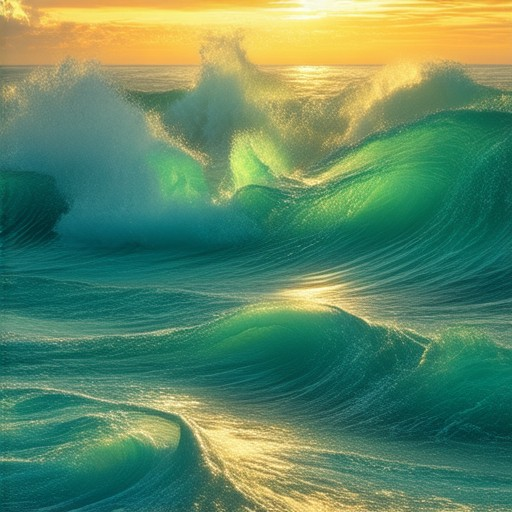
What Makes an Ocean Photograph Award-Winning?
An award-winning ocean photograph stands out due to its ability to captivate, inspire, and reveal the hidden beauty of the sea. Here are the key elements that define such exceptional work:
1. Exceptional Clarity
- The highest-quality ocean photographs feature razor-sharp focus and intricate details, allowing viewers to explore every aspect of the scene. From the texture of waves to the glimmer of sunlight on water, clarity is essential for conveying the true essence of the ocean.
- Professional photographers often use advanced equipment and post-processing techniques to ensure that every element in the frame is in perfect resolution and detail.
2. Unique Perspectives
- Award-winning ocean photos offer fresh perspectives that challenge traditional views. Whether it’s a low-angle shot capturing the vast expanse of the horizon or an overhead view highlighting intricate patterns in the water, uniqueness is key to standing out.
- Exploring less conventional vantage points, such as shooting from a boat, kayak, or even an underwater camera, allows photographers to capture scenes that others might miss.
3. Captivating Compositions
- Composition plays a vital role in transforming a simple snapshot into a powerful image. Elements like symmetry, balance, and dynamic movement are often used to draw the viewer’s eye and create a sense of rhythm and harmony.
- Photographers may incorporate leading lines, vanishing points, and other design principles to guide the viewer’s gaze, enhancing the overall impact of the image.
4. Emotional Impact
- Great ocean photographs resonate on a deeper level, evoking emotions that range from awe and wonder to peace and nostalgia. This connection with the audience is what separates average shots from award-winners.
- Lighting and color play a significant role in creating mood. Dramatic sunsets, serene sunrises, or calming tones of blue can transform a普通照片 into something extraordinary.
5. Stunning Color Palettes
- Ocean photographs often rely on vibrant, natural color palettes that reflect the diversity of marine life and environments. Colors like deep blues, greens, and warm tones can create visually striking images that demand attention.
- Post-processing techniques like color correction and enhancement are commonly used to ensure the colors pop and the overall atmosphere aligns with the intended mood of the photograph.
6. Storytelling Through the Image
- Award-winning ocean photos often tell a story or convey a theme, whether it’s the journey of a sailor, the beauty of a coral reef, or the power of a stormy sea. This narrative element adds depth and meaning to the image.
- Capton titles and descriptions often complement the photograph, providing context and amplifying its emotional impact. They help viewers connect with the scene on a personal level.
Conclusion
- To create an award-winning ocean photograph, focus on combining technical excellence with artistic vision. Pay attention to composition, lighting, and the emotional resonance of the scene.
- Explore the Sailing Photo Awards to see examples of world-class ocean photography and gain inspiration for your own projects.
- For more tips and resources, check out our blog and join our community of passionate photography enthusiasts.
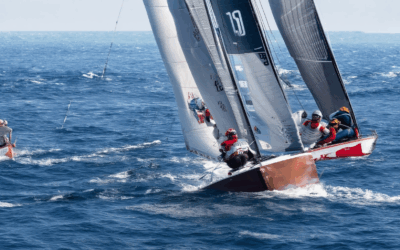
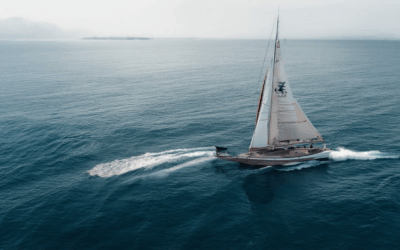
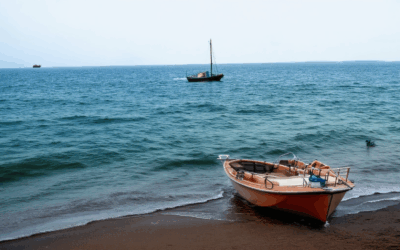
0 Comments